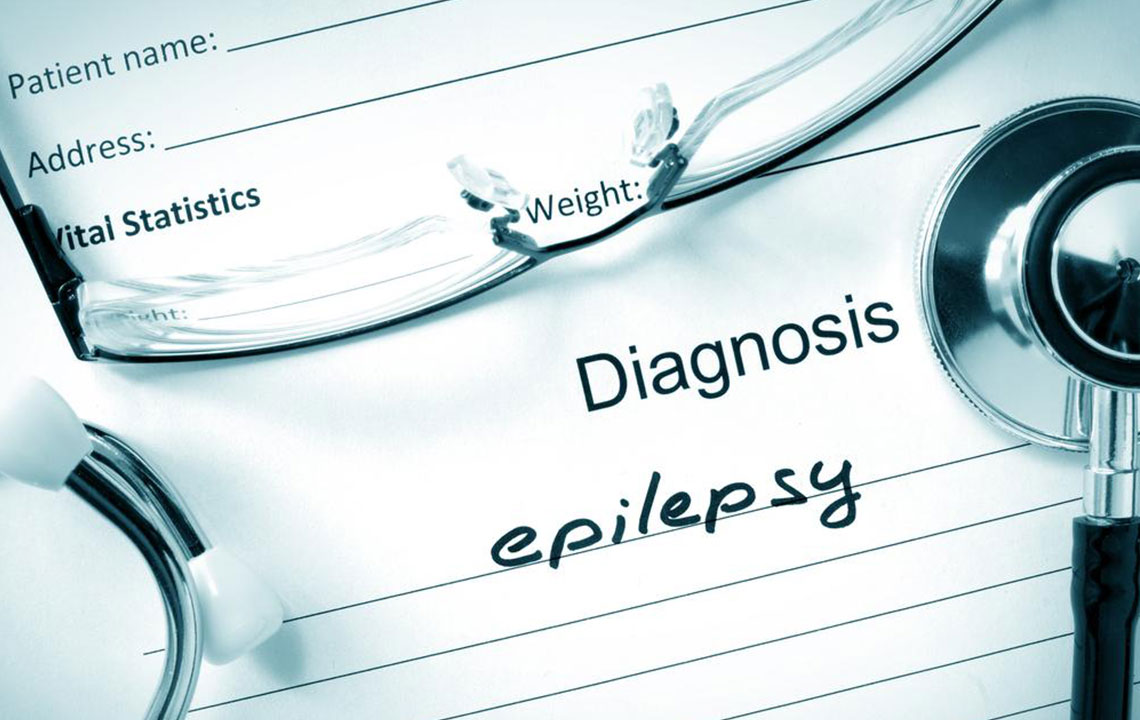Comprehensive Guide: 6 Proven Strategies for Effective Long-Term Epilepsy Management
This comprehensive guide explores six proven strategies for long-term epilepsy management, including accurate diagnosis, nerve stimulation therapies, medications, dietary changes, and natural remedies. It emphasizes personalized treatment plans and the importance of ongoing research to improve patient quality of life. The article provides valuable insights for patients and caregivers seeking effective epilepsy control methods.

An In-Depth Look at Strategies for Sustainable Epilepsy Control
Epilepsy is a complex neurological disorder characterized by recurrent, unpredictable seizures resulting from abnormal electrical activity within the brain. According to data from the Centers for Disease Control and Prevention (CDC), approximately 1% of the global population lives with epilepsy, making it one of the most common neurological conditions worldwide. The manifestations of seizures can vary significantly among individuals, ranging from brief lapses in awareness to violent convulsions. Despite the challenges, advances in medical treatment and management strategies have significantly improved the quality of life for many patients.
Importance of Accurate Diagnosis
Effective epilepsy management begins with precise diagnosis. Consulting with a specialized epilepsy center staffed with experienced neurologists and neurosurgeons is essential. These centers employ comprehensive diagnostic protocols to determine the type and severity of epilepsy, which directly influences treatment planning and prognosis.
Initial assessments typically involve detailed physical and neurological examinations, alongside advanced tests such as electroencephalograms (EEGs). For patients experiencing their first seizure, neuroimaging techniques like magnetic resonance imaging (MRI) are used to exclude other potential causes such as brain tumors, vascular abnormalities, or structural lesions. For those with ongoing seizures or previous diagnoses, long-term video EEG monitoring helps capture seizure activity and guide personalized treatment plans.
Vagus Nerve Stimulation (VNS): An Emerging Therapeutic Approach
Since its inception in the late 1990s, Vagus Nerve Stimulation has become a vital option for managing epilepsy, especially in cases resistant to medications. This neurostimulation therapy involves implanting a device that delivers mild electrical impulses to the vagus nerve in the neck, aiming to modulate abnormal brain activity responsible for seizures. Studies indicate that VNS can reduce seizure frequency by up to 50% in many patients. Approved by the U.S. Food and Drug Administration (FDA) in 1999, VNS continues to evolve as a preferred adjunct therapy, offering hope to those with refractory epilepsy.
Antiepileptic Drugs (AEDs): The Cornerstone of Treatment
Approximately 70% of individuals with epilepsy achieve significant symptom control through prescribed antiepileptic drugs. These medications work by stabilizing neuronal excitability, often by regulating ion channels and neurotransmitter levels. With over 26 different AEDs available, treatment is tailored based on seizure type, patient age, comorbidities, and lifestyle. Common side effects may include mood alterations, fatigue, or gastrointestinal issues, necessitating close monitoring by healthcare providers. Many patients find a combination of medications or dose adjustments effective in controlling seizures without impairing daily functioning.
Herbal and Natural Remedies: Exploring Alternative Approaches
Some patients prefer herbal treatments, seeking natural alternatives to traditional medicines. Traditional Chinese medicine, Ayurveda, and other holistic practices often incorporate herbs like valerian root, lily of the valley, peony, and skullcap, believed to possess anticonvulsant properties. While scientific evidence varies, some studies support the potential efficacy of these herbs, especially when used alongside conventional therapies. It is crucial for patients to consult healthcare professionals before integrating herbal remedies to avoid adverse interactions or ineffective treatments.
Vitamins and Nutritional Supplementation for Seizure Management
Long-term medication use can sometimes lead to nutritional deficiencies, which may exacerbate neurological symptoms. Supplementing with specific vitamins and minerals such as vitamin D, E, B6, and magnesium has shown promise in supporting neural health and potentially reducing seizure susceptibility. Regular blood tests can help identify deficiencies, allowing for targeted supplementation and improved overall brain function.
Dietary Modifications: An Integral Part of Epilepsy Control
Diet plays a significant role in managing epilepsy, particularly for drug-resistant cases. Dietary interventions like the ketogenic diet—a high-fat, low-carbohydrate regimen—have gained recognition for their ability to significantly decrease seizure frequency. Other specialized diets, including the modified Atkins diet and low glycemic index treatment, are also utilized. These diets aim to alter brain metabolism and stabilize neuronal activity, offering an effective non-pharmacologic strategy for selected patients. Implementing such diets requires supervision by nutritionists and medical professionals to ensure nutritional adequacy and adherence.
In conclusion, managing epilepsy effectively requires a multifaceted approach tailored to each individual's unique condition. Accurate diagnosis, a combination of advanced medical therapies, lifestyle modifications, and ongoing research all contribute to improved outcomes. With continued innovation and personalized care, many patients with epilepsy can lead active, seizure-free lives, reducing the burden of this challenging neurological disorder worldwide.





